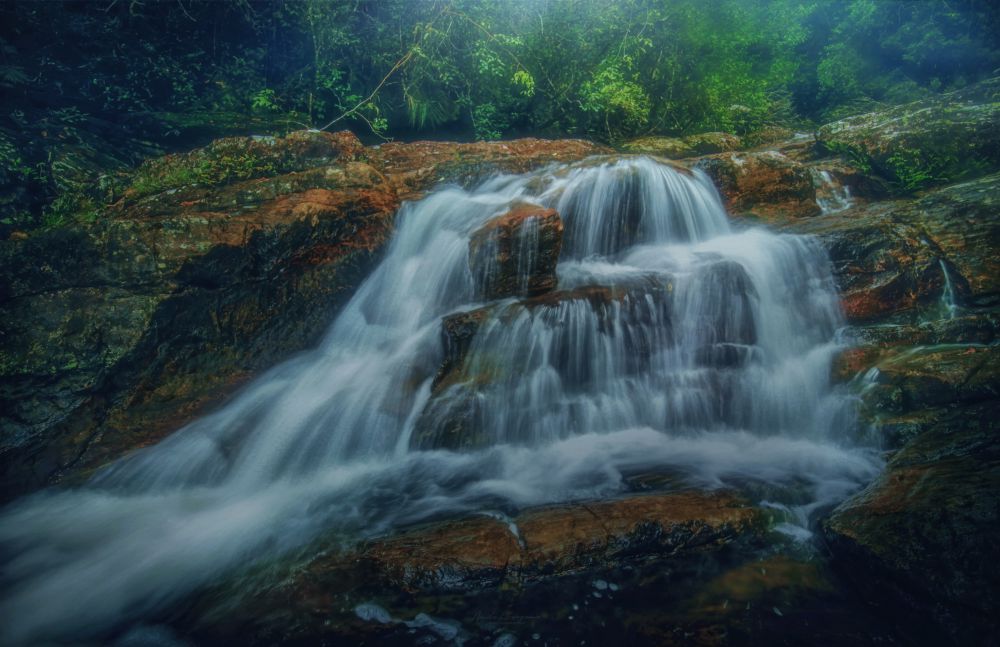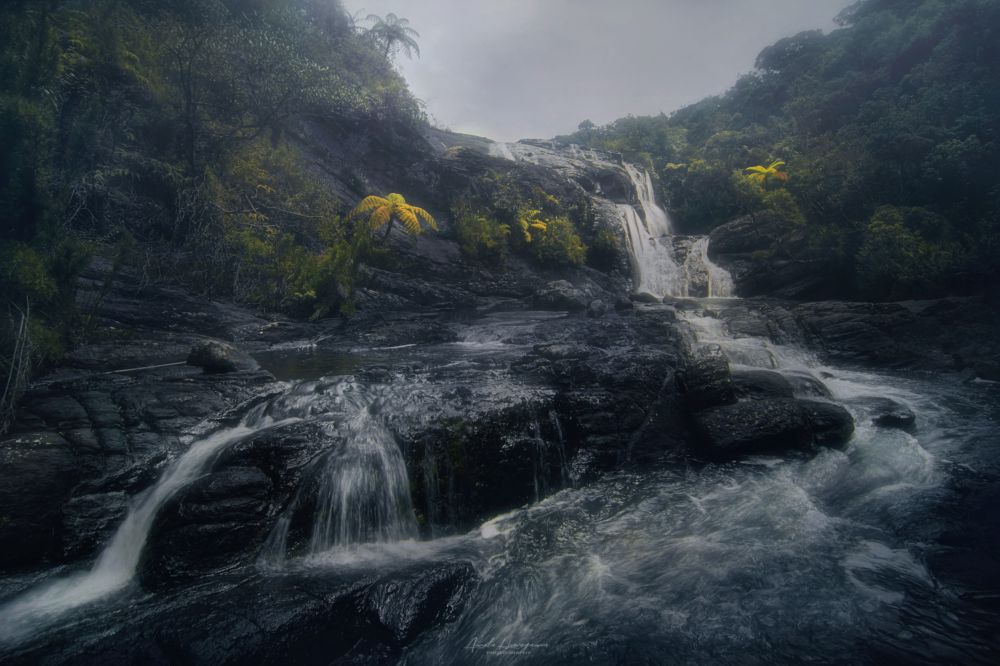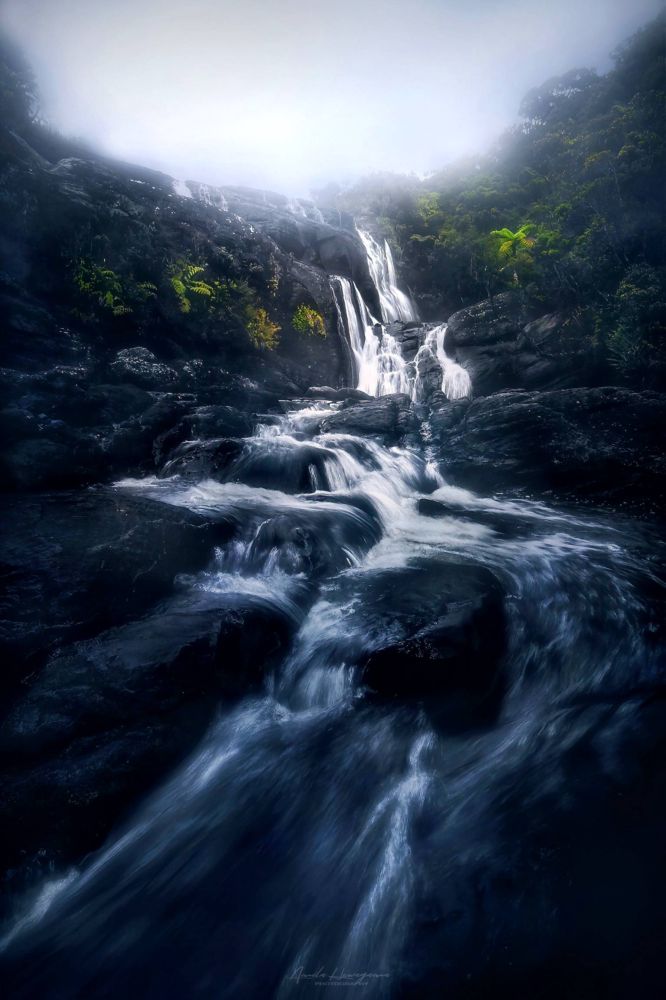
Cascading Beauty: Mastering Waterfall Photography
10 Essential Tips to Capture the Ethereal Flow of Nature's Masterpieces

10 Essential Tips to Capture the Ethereal Flow of Nature's Masterpieces
Waterfall photography presents a unique blend of challenge and reward, inviting photographers to capture the dynamic movement and serene beauty of cascading water. These ten essential tips will guide you in mastering the art.

Down side of Ravana Ella - an example of a captivating location.

A Waterfall View demonstrating soft, diffused light.

Nature view from Dedugala, showcasing smooth water flow with slow shutter.

A Waterfall inside Sinharaja Rainforest, where a narrow aperture helps keep both foreground and background sharp.

Baker's Falls, where a tripod is crucial for sharp, long-exposure shots.
With these tips, you're well on your way to capturing the mesmerizing beauty of waterfalls. Happy shooting!
Thank you for reading! Discover more insights on capturing the beauty of nature with Lankascape.